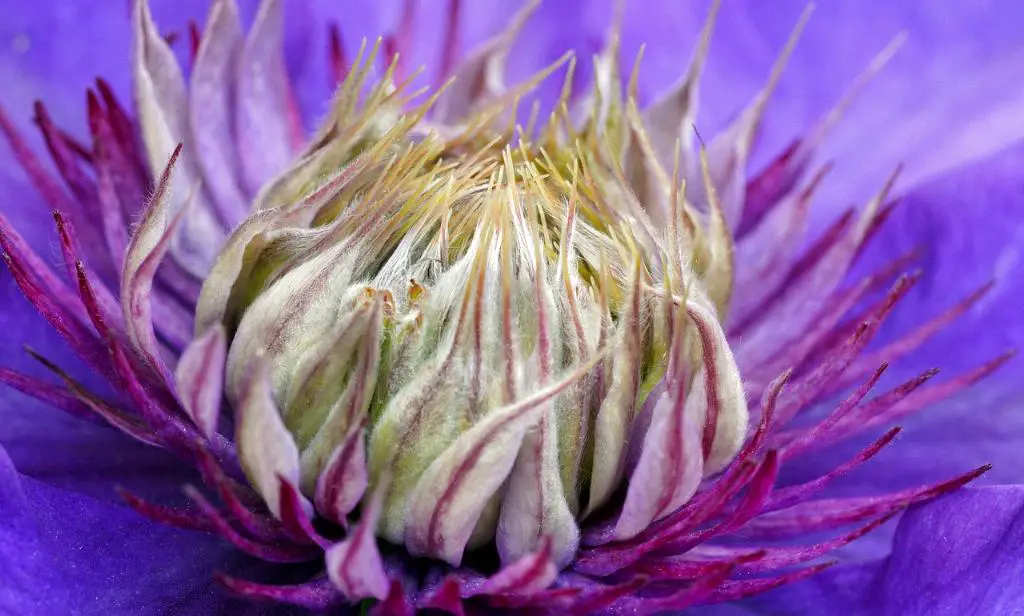One of the most common questions among gardeners is whether clematis can thrive in shade. The answer is not a straightforward yes or no, as it depends on the specific type of shade and the variety of clematis being grown.
Shade-tolerant species, such as clematis, are those that have adapted to grow and flourish in areas where sunlight is limited. Clematis, in particular, are known for their ability to thrive in partial shade conditions, making them a versatile choice for various garden settings.
Many clematis species evolved to grow beneath the canopy of trees, where they receive dappled sunlight and protection from harsh midday sun. This natural adaptation makes them well-suited for shady spots in the garden where other plants may struggle to thrive.
While clematis generally prefer some sunlight to bloom and grow vigorously, they can still perform well in areas with partial shade. In fact, the presence of shade can help preserve the vibrant colors of clematis flowers and prevent them from fading under intense sunlight.
It is essential to differentiate between partial shade and deep shade when considering growing clematis. While clematis can tolerate some shade, they may struggle to thrive in areas with minimal light or dense tree cover that blocks out most of the sunlight.
Choosing the right variety of clematis is crucial for success in shady conditions. Some clematis cultivars are more shade-tolerant than others, so selecting a variety that is known for its ability to thrive in partial shade is key to achieving healthy growth and abundant blooms.
When planting clematis in a shady area, it is important to provide them with adequate support and ensure good air circulation to prevent issues such as powdery mildew, which can be more prevalent in shady, humid conditions.
Proper soil preparation, including adequate drainage and the addition of organic matter, can also help clematis establish strong roots and adapt to growing in shade. Mulching around the base of the plant can help retain moisture and regulate soil temperatures.
Regular pruning and training of clematis vines are essential tasks to promote healthy growth and abundant flowering, especially in shady conditions where plants may need to compete for light and nutrients.
While clematis can undoubtedly grow in shade, they may not reach their full potential in terms of blooming and growth compared to plants grown in sunny locations. However, with proper care and attention to their specific needs, clematis can still thrive and add beauty to shaded areas of the garden.
In conclusion, clematis can indeed grow in shade, particularly in partial shade conditions where they can benefit from some sunlight while being protected from the harsh rays of the sun. By choosing the right variety, providing necessary care, and ensuring proper growing conditions, gardeners can enjoy the beauty of clematis even in shady corners of their outdoor spaces.

